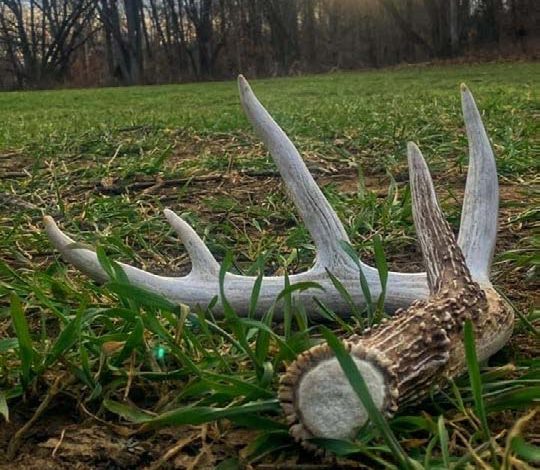Spring is a magical time in the outdoors, filled with the anticipation of new growth and wildlife activity. For Whitetail enthusiasts, this season brings the perfect opportunity to establish a deer mineral site. Not only do these mineral sites for deer attract various deer, but they also provide essential minerals that help them thrive. In this article, we’ll explore why a deer mineral site is important and how to create one effectively. Here are a few reasons why I think every Whitetail enthusiast should have at least one mineral site in the woods starting in April.
Why a Deer Mineral Site is Important
Attracting Deer
The primary reason to set up a deer mineral site is to attract deer. From fawns to bucks, various deer will frequent these sites, allowing you to monitor local deer populations. You’ll gain valuable insights into which bucks survived the season and any newcomers in the area.
Health Benefits for Deer
Mineral sites are crucial for replenishing the important minerals that deer lack after a long winter. Deer have a natural sodium deficiency due to the high water and potassium content in their forage during the spring and summer months. To meet their needs, they are drawn to deer mineral sites high in salt content, whether in powder or block form.
Supporting Does and Fawns
It’s not just bucks that benefit from deer mineral sites; does and fawns require these nutrients, especially during gestation and lactation. High levels of calcium and magnesium are vital for the health of both does and their nursing fawns. Establishing a mineral site for deer ensures that all deer in your area receive the essential minerals they need for survival.
The Antler Debate
The role of minerals in antler growth is widely debated among hunters. While it remains unproven, it is known that bucks can store calcium and phosphorus, which are critical for antler development. With 11 different minerals found in antlers, having access to these nutrients through a deer mineral site may positively impact antler size. After all, who doesn’t dream of harvesting a trophy buck?
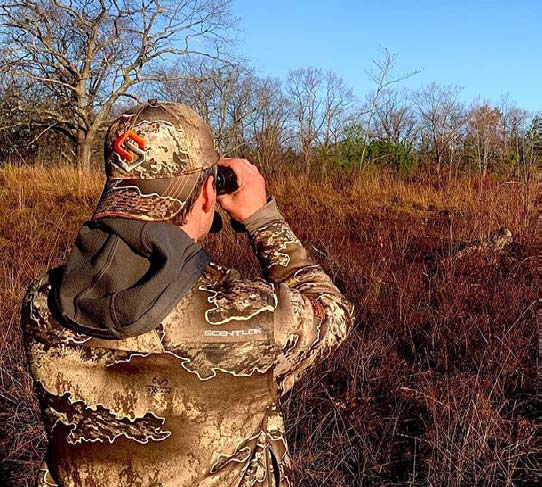
How to Create a Deer Mineral Site
1. Choose Your Minerals
When establishing a deer mineral site, selecting the right minerals is crucial. I prefer using products like Trophy Rock from Redmond Hunting, combined with Big & J long-range attractant. This protein-based granular attractant can be spread over the mineral rock to enhance its effectiveness. These selections cater specifically to creating an ideal mineral site for deer. This is a protein-based granular attractant. I just put it over top of the Trophy Rock. These also seem to hold up best for me in hard rock form, as they slowly dissolve into the ground. I will also put them on a tree stump, if possible, to help the minerals soak in even more. Either way, the ground absorbs the minerals, and, before too long, the deer will have the dirt all dug out looking for the minerals.
2. Locate the Perfect Spot
When considering how to make a deer mineral site, choosing the right location is essential. Look for areas close to heavily worn trails and water sources. A shaded spot near a creek or in a timbered area near bedding grounds works best. The closer to a food plot, the better, as deer will seek minerals after foraging.
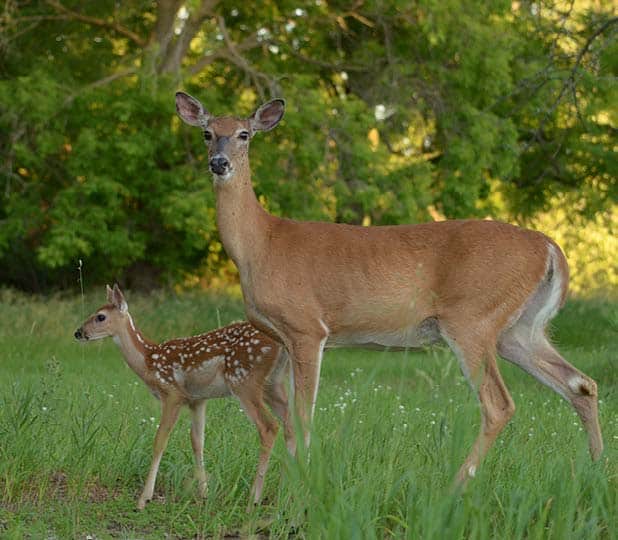
3. Set it Up
After selecting the location, set up your deer mineral site effectively. Place the minerals on a stump or in an area where deer can easily access them, such as near well-worn trails or close to water sources. Ideally, choose a spot that is shaded and near a creek or timbered area, as this creates a comfortable environment for deer. The setup should allow the minerals to soak into the ground, creating a desirable spot for deer. Additionally, placing the site near food plots will encourage deer to frequent the area after foraging.
4. Add Your Trail Cam
To monitor deer activity at your deer mineral site, install a trail camera. Known for their reliability and cellular capabilities, Spypoint trail cameras allow you to gather intel without disturbing the deer. By capturing images of deer visiting the site, you can track fawn numbers and monitor antler development throughout the summer, giving you a comprehensive view of deer activity in your area.
5. Maintain the Site
Regular maintenance is key to a successful deer mineral site. Refresh the site as needed—typically every few months—to ensure that minerals are always available. The general rule of thumb is one mineral site per 80 acres, so starting with three sites in a new area allows deer to choose their preferred location, and you can zero in on the one or two that are really preferred by the deer herd.
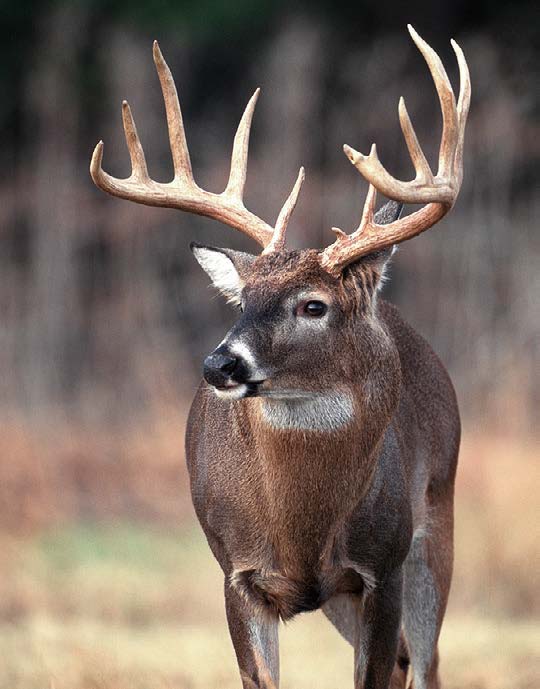
Why Build a Deer Mineral Site
There are a few interesting things to consider. A Whitetail can only consume small amounts of minerals in their natural diet. Therefore, mineral sites are important. A Whitetail buck can store calcium and phosphorus to use later as an aid in antler growth. This is important because 11 different kinds of minerals have been found in deer antlers. Of those 11 minerals, calcium and phosphorus make up almost one-third of them, at around 30%. With those numbers, I like to think mineral sites help in some way. Not that I’m all about antler size, because I mainly hunt for meat. But who doesn’t like to wrap their hands around a big set of antlers? A mineral site could be the difference in what pushes that great 140-inch buck to a massive 160-inch mark to make it into the Boone & Crockett record books. Just remember, it’s important to reuse the same site from year to year. Deer learn where the site is and will visit it every year.
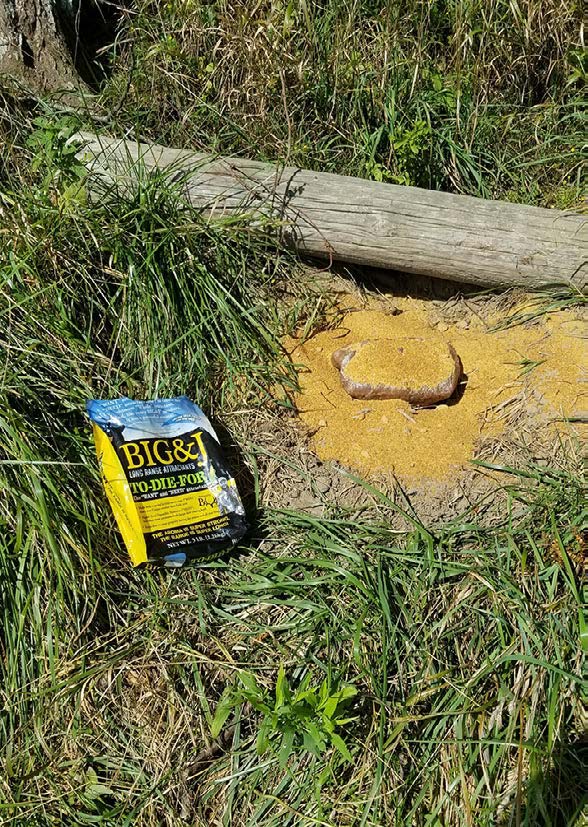
Deer Mineral Sites for Bucks and for Does
While the general rule of thumb is one mineral site per 80 acres. I start with about three to four in a new area. I let the deer decide which location they like best. Once they establish a preference, I will continue to replenish those sites and forget about the rest. Remember, big bucks may not visit the same location that does do, because they tend to be cautious, even in the summer. For that reason, make sure you don’t have one or two bucks hitting a site before you decide to forget about it. That is why trail cameras are important. Later on in the year you may find the buck activity warrants building a mock scrape near your deer mineral site as bucks start to battle for dominance in the breeding season.

Use Liquids to Create a Deer Mineral Site
Another thing I like to use at my mineral sites is a liquid to pour over the top of grain or rock minerals. I prefer Evolved Habitats Buck Jam Ripe Apple syrup. It has a strong apple smell that just helps to bring the deer in.
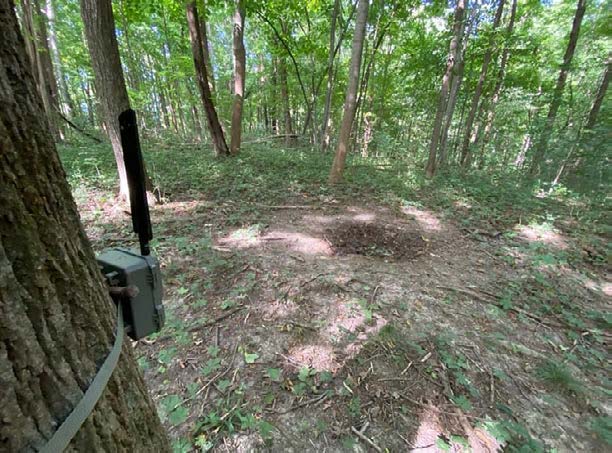
Frequently Asked Questions (FAQ) About Deer Mineral Sites
1) How often should you refresh a deer mineral site?
It’s recommended to refresh your deer mineral site every few months to ensure that deer have consistent access to the minerals they need.
2) When is the best time to start a mineral site for deer?
Start establishing your deer mineral site in early spring, around April. This timing allows deer to benefit from the site as they emerge from winter.
3) How many mineral sites for deer per acre?
The general guideline is to have one mineral site for deer per 80 acres. However, placing three or four sites in a new area can help determine which locations are most frequented by deer.
Per our affiliate disclosure, we may earn revenue from the products available on this page. To learn more about how we test gear, click here.



